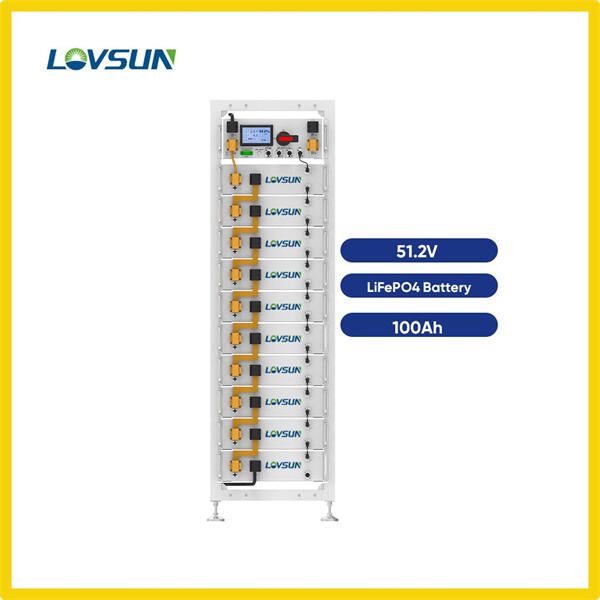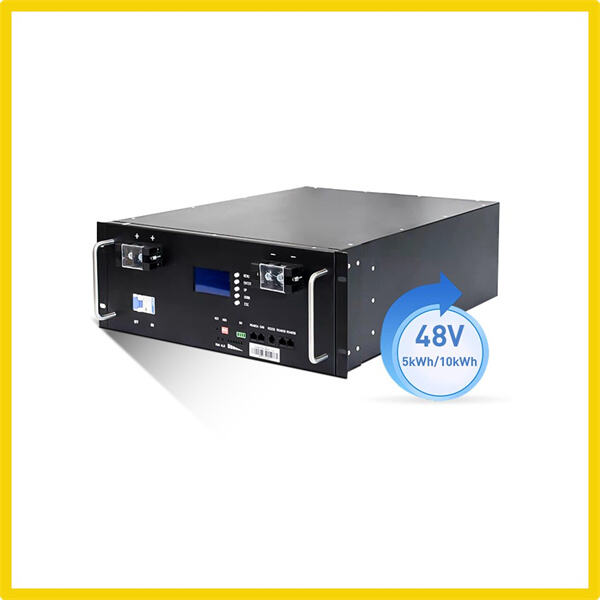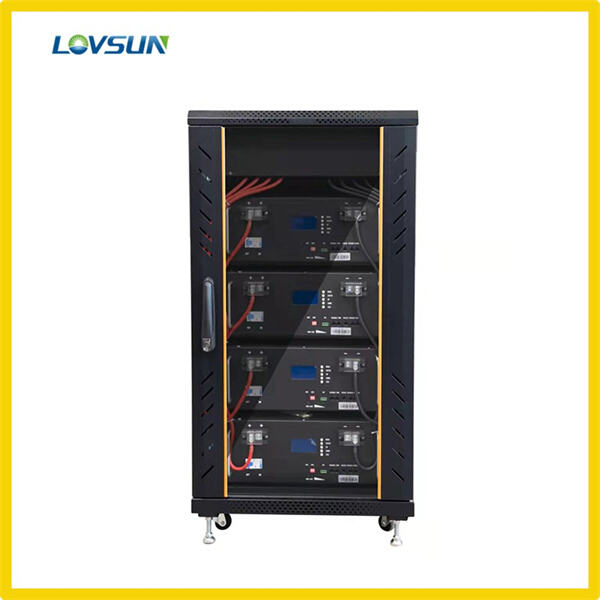A battery cell is a small, round thing, and it contains energy. They’re little power sources that live in gadgets like toys, flashlights and smartphones. They vary in size and type but all do the same thing: provide electricity.
Battery cells convert chemical energy into electrical energy. When you use a device that runs on batteries, the chemicals inside the battery generate electricity. This electric current gives power to the device and works with it.
Battery cells are made up of three primary components: an anode (the negative side), a cathode (the positive side) and an electrolyte (a liquid or gel that facilitates the flow of ions). As those ions flow out of the cell, they complete a circuit, and — boom — electricity. This causes a flow of electrons, which generates electricity.

The anode is typically formed of carbon, while cathode consists of lithium or nickel based materials. The electrolyte enables ions to flow from one side to the other, generating electricity. When you recharge a battery cell, the ions move in the opposite direction, enabling the battery to store energy again.

There is a great variety of battery cells, with many different applications. Among them are alkaline batteries, which power many household products, and lithium-ion batteries, which are found in smart phones and laptops. Each has a special set of features that makes it suitable for specific devices.

Lovsun brand battery cells are designed for durability and longevity. They power up numerous devices. Lovsun battery cells power you whether you are playing with your favorite toy or you are having a discussion with friends on your tablet.
Lovsun certified by CE, TUV, LVD, EMC, UL other certifications. able to offer top-quality products battery cellafter-sales service.
Lovsun factory distributor, no battery cell-man earn the difference, so cost is much more affordable. can also offer customers best cost to fit your budget. the quality assured.
Lovsun a battery cellcentre that covers 31377 square meter space for factory. It has over 300 employees. 90% of its products exported to the whole world. has over 500 customers from more than 80 countries as well as Rotterdam warehouse 20 countries covered.
Lovsun focus quality, efficiency and stability solar energy products. Integrity, responsibility, battery cellpassion are philosophy our business.